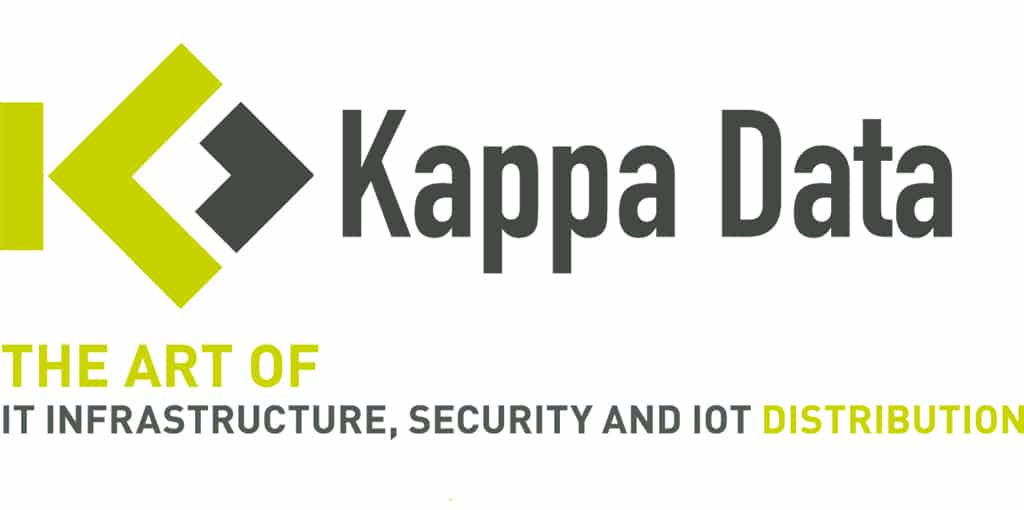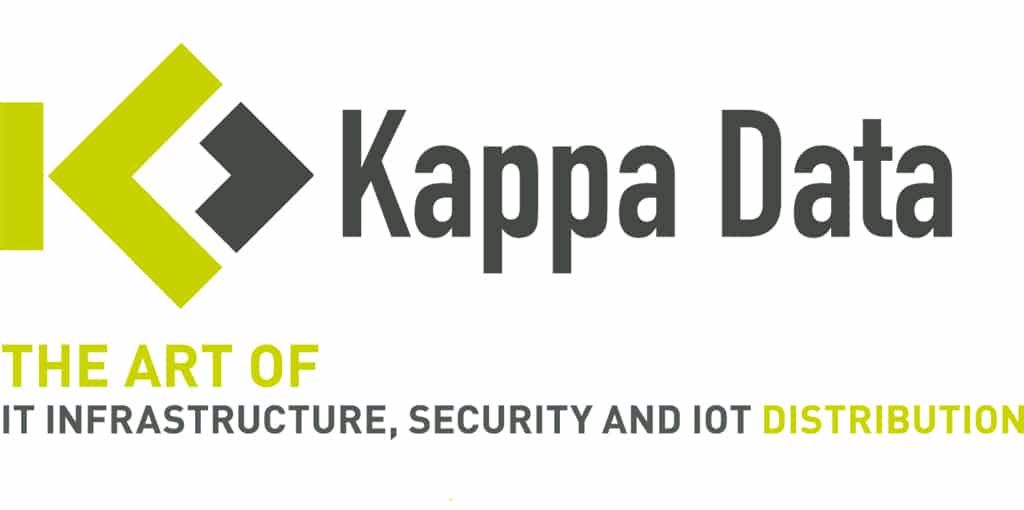
24 Jun OneSpan: Can Enterprise Security Go Passwordless by 2025?
In today’s digital age, organizations face significant cybersecurity concerns with remote workforces. A staggering 74% of data breaches involve human error, costing an average of $4.5 million globally. Poor password hygiene remains a critical issue, highlighting the need for improved security measures. The current approach to data security is failing to adapt to the realities of remote work, making it clear that new strategies are necessary.
The Shift to Passwordless Authentication
To secure remote collaboration, CISOs must consider passwordless authentication. This method eliminates the need for traditional passwords, which are often weak and easily compromised. Experts predict that over half of the workforce and more than 20% of customer transactions will be passwordless by 2025, a significant increase from today’s less than 10%. This shift is driven by the need for more reliable and secure forms of authentication in a world where phishing and other cyber threats are ever-present.
Advancements in Authentication Methods
Passwordless authentication methods mitigate security risks by eliminating vulnerabilities associated with password-based credentials. These methods use dynamic authentication codes or unique biometric characteristics, such as fingerprints or facial recognition, which cannot be reused or easily stolen. For example, FIDO Alliance standards provide a strong, phishing-resistant authentication framework that enhances both security and usability.
Implementation and User Education
For successful adoption of passwordless systems, CISOs must ensure compliance with data privacy regulations. This is particularly important when using biometrics, as improper handling can lead to legal consequences and damage to the organization’s reputation. Investing in comprehensive user education programs is essential to ensure a smooth transition and optimal system utilization. Additionally, developing a contingency plan with alternative authentication methods is critical to safeguard against system failures and ensure continuous operation.
Passwordless systems not only reduce the risk of breaches but also provide a secure, user-friendly environment for remote workforces. This approach allows CISOs to protect their organizations without compromising business continuity or data protection. As these methods become more widespread, they will help create a more secure and adaptable framework for business operations well beyond 2024.
Take action now to explore passwordless authentication solutions by OneSpan!
More questions? Don’t hesitate to contact [email protected].



No Comments